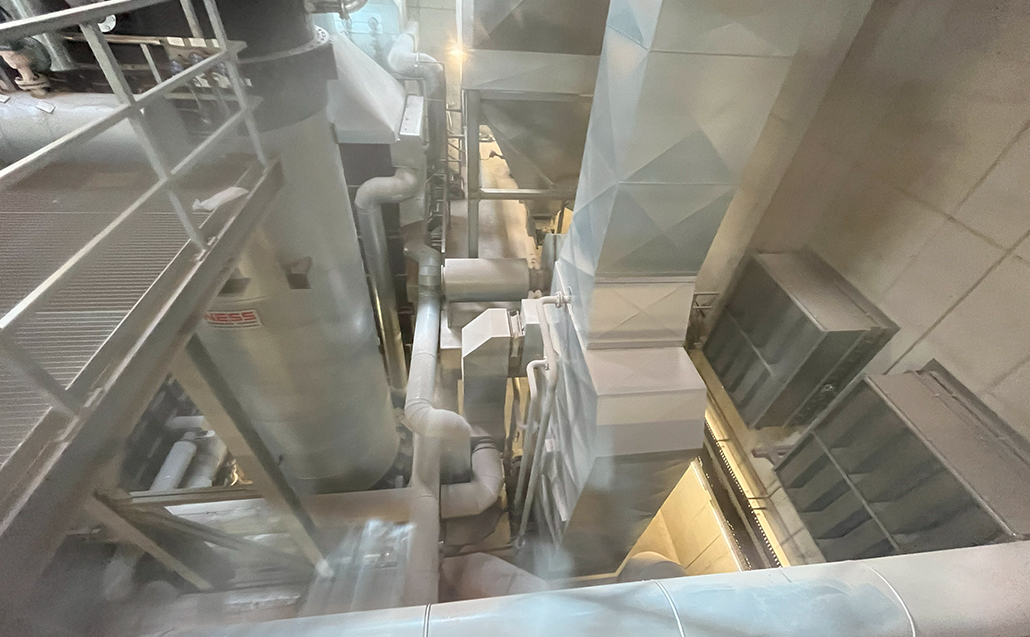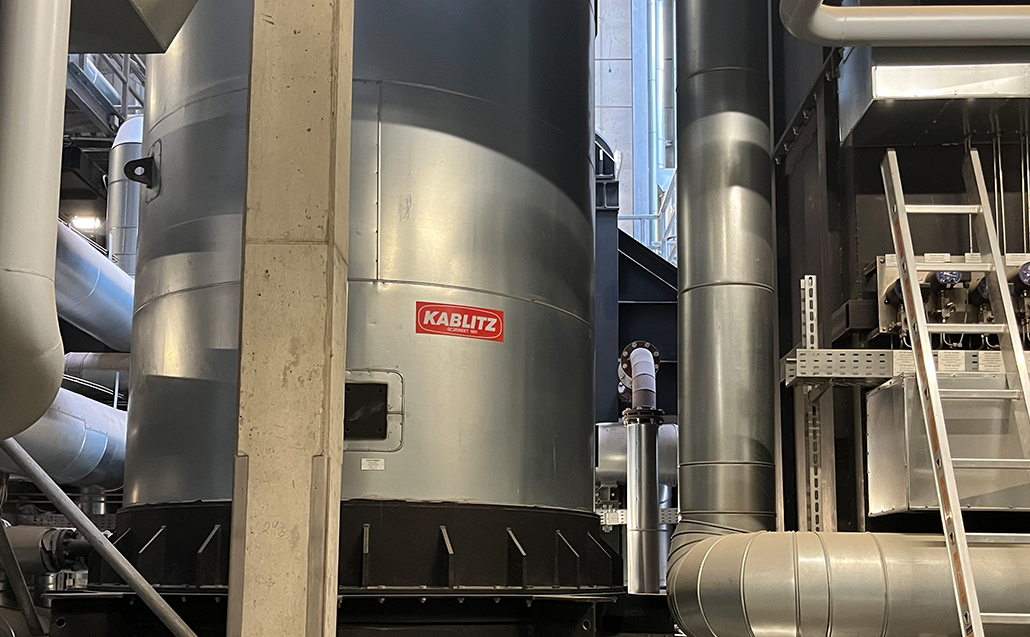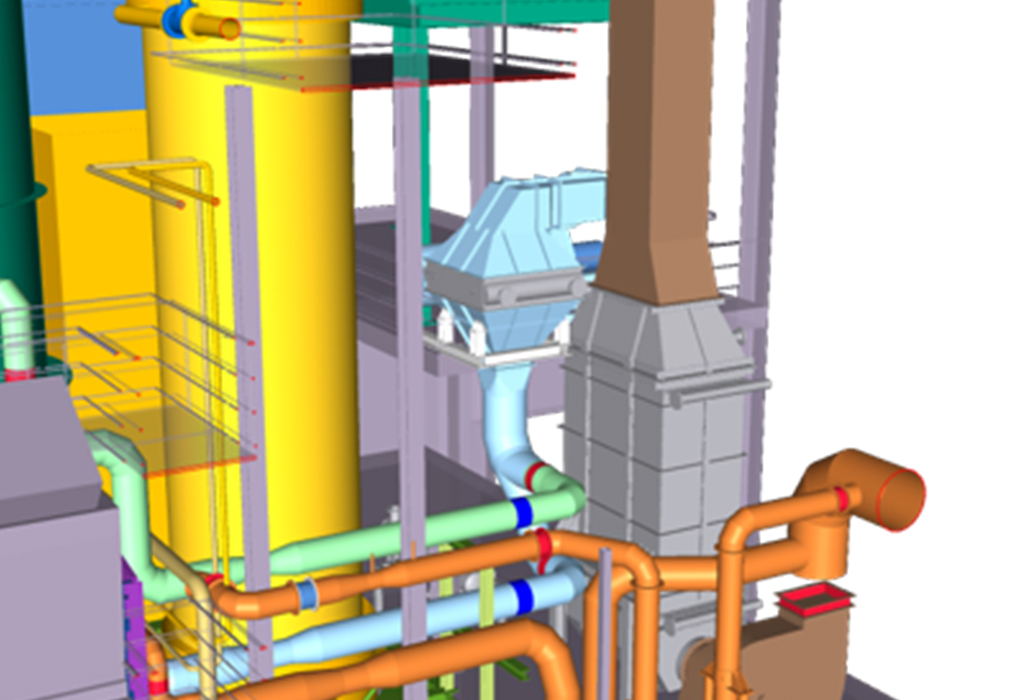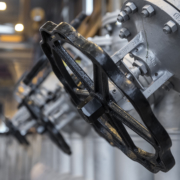Stadtwerk Tauberfranken GmbH – Bad Mergentheim site
More output, more efficiency – with existing technology
Bad Mergentheim site in Germany has been generating environmentally friendly heat and electricity from regional biomass for over ten years. The natural heat power plant on the outskirts of the town covers the heating requirements of around 2,000 buildings with regional wood chips. In order to meet the increased demand in the now significantly expanded district heating network, a concept was developed together with Kablitz and NESS Wärmetechnik to increase the efficiency of the existing plant – without requiring additional space or long approval procedures by the authority.
















